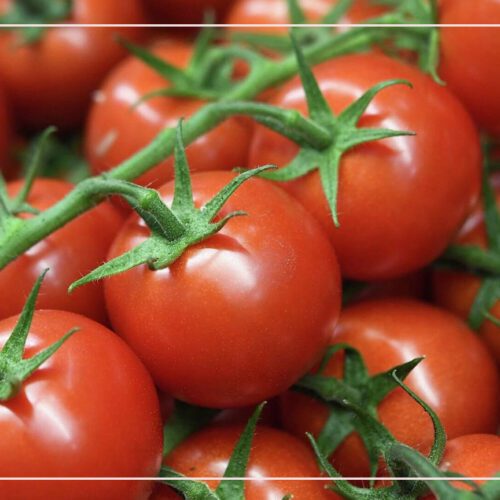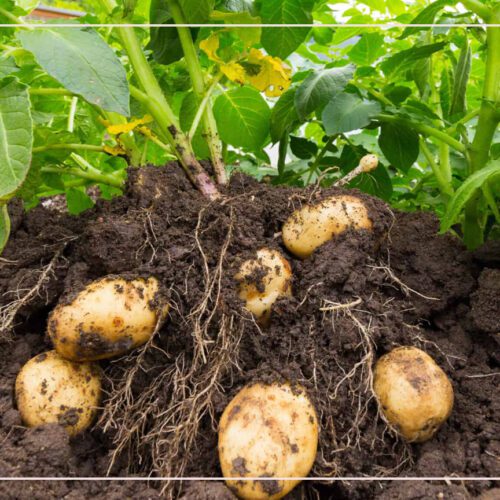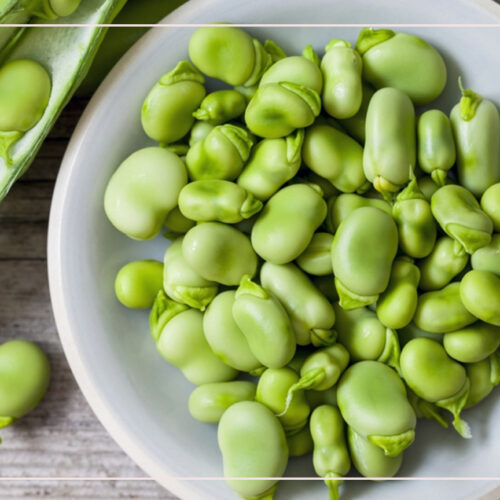

Plants are considered one of the most important nutritional elements in life, and many countries have focused on providing several varieties of plants and fruits rich in important vitamins for human health.
Countries have also attempted to provide all the ancillary services that enhance the ability to farm, such as providing fertilizers, insecticides, tools for agriculture, and many special seeds for each type of plant.
One of the most available nutritional elements in most countries is mint, which has several benefits, including:
- Mint is the main and primary element in providing multiple important vitamins for the body.
- It helps in treating digestive problems.
- Mint is important for fighting bacteria that cause tooth decay and eliminating bad breath.
- With its ability to treat respiratory disorders, mint alleviates asthma symptoms.
- It helps alleviate stomach and headache pain.
- Mint fights cancer, depression, and lowers blood pressure.
- It also improves memory, aids in weight loss, and boosts and strengthens the immune system.
Mint Planting
One of the most important projects carried out in countries is the cultivation of mint, where all the essential factors for its growth are provided.
Some of the most important conditions for cultivating mint are:
- Mint plants are characterized by their flexibility, as they have the ability to grow in cold climates like Canada, as well as in moderate climates like the countries of the Mediterranean Sea.
- The best climate for mint varieties is during long warm days and cold nights.
- Mint needs at least 3 to 4 hours of daylight.
- It is preferred to cultivate mint in containers because it is a strong plant that can spread over long distances, competing with other plant species.
- Plants can grow in all types of well-drained soil, but the best soil for mint is deep fertile soil with a pH close to 7 and good drainage.
- Mint is a plant that loves water, so the soil should be watered every 3 or 4 days.
- Mint cultivation starts between November and March every year, and it is planted once and lasts for more than 3 years.
mint plant
Mint is a herbaceous plant with a distinct aromatic smell, and it is the most cultivated in most countries.
Farmers prefer mint for its ease of cultivation, and there are many types, the most important of which are:
- Peppermint, which gives a peppery and aromatic taste, is used in desserts, tea, and candies. It is also characterized by its green leaves, red veins, and purple flowers.
- Spearmint is used in cooking meat and tomato dishes, and it has green leaves with a distinct smell.
- Wild mint is used to repel insect pests and cannot be used for cooking because it is poisonous.
- There is also a type called basil mint, which is a hybrid with basil. Farmers prefer to cultivate it for its ease of cultivation and care, and it gives a scent of both mint and basil.
- There is apple mint, chocolate mint, banana mint, lavender mint, Corsican mint, ginger mint, and water mint.
companion planting mint
There are many plants that can be grown together without affecting their growth, in addition to increasing productivity for both species.
There are also harmful types of plants that should not be planted together as they may negatively affect each other and slow down their growth.
There are many companions planting mint, including:
- You can plant tomatoes next to mint.
- Beets are considered mint-friendly as they can be planted alongside mint, replenishing magnesium and iron in the soil. Mint leaves can also be used as a cover for beet soil.
- Radishes are one of the plants that can be grown next to mint, adding nutrients to the soil and promoting mint growth.
- It is very important to plant turnips next to mint.
planting mint seeds
Each type of plant has a different cultivation method, and mint also requires different and distinctive cultivation conditions and methods.
Here we will mention how to cultivate mint seeds:
- Place the seeds on fertile soil.
- A thin layer of Vermiculite should be placed over the seeds.
- Then, a thin cover should be placed over the seeds until they start to grow.
- Soil moisture should be maintained.
- After 7 to 14 days, the mint seeds will start to grow.
growing mint
The growth of mint depends on several factors such as water, care, climate, and soil.
One of the most important ways to accelerate the growth of mint is:
- Place the mint plant under sunlight for at least 6 hours to speed up growth.
- Regularly water the mint to avoid drought.
- Pay attention to watering the plant, not the leaves, to prevent them from turning yellow.
- Ensure the appropriate amount of nitrogen needed by the mint to nourish the leaves and accelerate growth.
- It is preferable to cultivate mint in warm weather as it dies and withers in cold weather, it is also recommended to harvest it before the winter season.
- Trim the mint plant regularly and take care of it permanently, remove all dry leaves and stems to strengthen it.
- Avoid exposing the mint to excessive sunlight as it can burn the leaves and slow down growth significantly.
how to grow mint
For the growth of mint, you must maintain regular soil watering, with pruning and placing it under continuous sunlight for at least 6 hours a day.
There are methods for the growth of mint, the most important of which are:
- Mint can be grown in a container inside the house with several holes and suitable soil.
- Mint can also be grown in outdoor fields next to many plants, so that it can grow larger and its roots can spread.
- There is a method for growing mint in plastic houses, where a suitable humid environment for mint is provided, away from harsh weather conditions.
planting mint outside
The methods of cultivating mint vary depending on the location, whether it is within a household container or in outdoor soil.
Here we will mention how to care for mint plants outdoors:
- Mint needs sunlight, so enough time should be provided for mint to be exposed to sunlight and a little partial shade.
- There is no problem with over-watering mint plants because they can tolerate both moist and dry soil to a moderate extent.
- Trimming the mint plant and cutting off dead ends for better growth.
- Using fertilizer but without excessive use so as not to lose its flavor.
growing mint in pots
Many people use indoor farming methods, especially for plants, to save costs while obtaining fresh plants and fruits.
One of the most commonly grown plants indoors is mint, where a pot is used for growing mint.
Here is a method for growing mint in pots:
- You should use a pot with drainage and ventilation holes.
- Fill the pot with sand, loam, and perlite.
- Water the mint plant well after planting it in the pot.
- Place it in an area with indirect lighting for the plant.
- Maintain temperatures between 18 and 21 degrees Celsius during the day, and 13 to 15 degrees Celsius at night.
planting mint from cuttings
You can use parts of the mint plant to grow a new plant under special conditions, so that:
- Take parts of the root, approximately 6 cm from the mint plant, and place them in a pot filled with water.
- Make sure to place them near a sunny window for 4 to 6 hours of light.
- The lower leaves should be removed.
- Place the lower part of the cut stem in a pot with soil or in damp soil and expose it to the sun, watering it regularly.
- It is better to use soil that is rich in nutrients and necessary elements for mint growth.
- It is advisable to choose somewhat larger clippings to ensure the growth of the mint plant.
Common Question
The best way is to place the mint stem in a container, it is a creeping plant with strong roots that spread easily. These roots, if not contained, can cause the plant to become uncontrollable. Therefore, to maintain the plant, it is best to grow mint in a pot to contain its roots.
Mint may stop growing for several reasons, the first reason is that the size of the pot in which it is planted is very small, or the quality of the soil is poor, in addition to the problem of insufficient drainage holes in the pot, which can cause root rot. In small pots, the soil dries out quickly, resulting in withering and unhealthy growth of the mint.
Growing mint indoors can be done in pots, and if there is a garden, it would be better. Mint is planted in pots, then it is left for a week, and then the plant is transferred to the garden while keeping the soil constantly moist.
You need to cut the leaves off the stem, then wrap the mint leaves in wet paper towels or bundle them if there is a large quantity, and place the wrapped mint in a tightly sealed plastic container in the refrigerator. This method keeps the mint fresh, but it should be used within days of purchase.
You can prune mint at any time you notice dead, sick, or damaged leaves during the growing season. locate an unwanted leaf, then follow its stem all the way down to the base. Removing dead stems will increase light and ventilation for the plant and help it grow.





